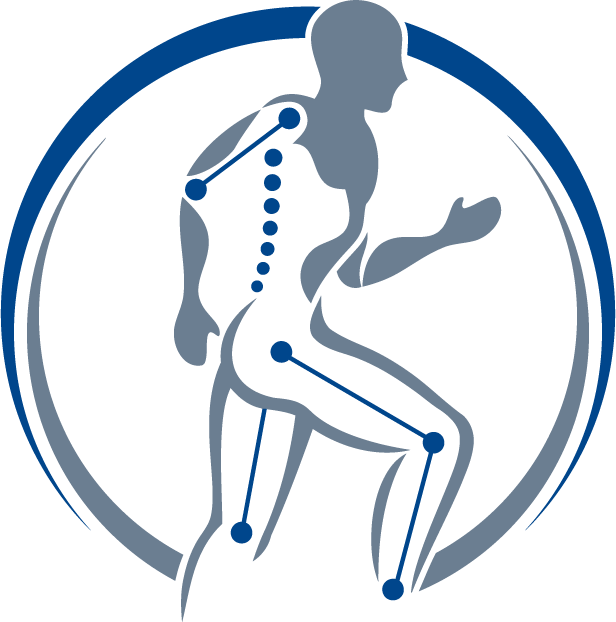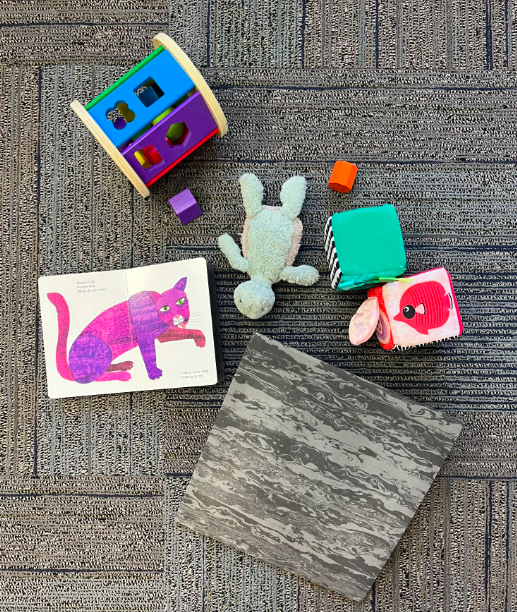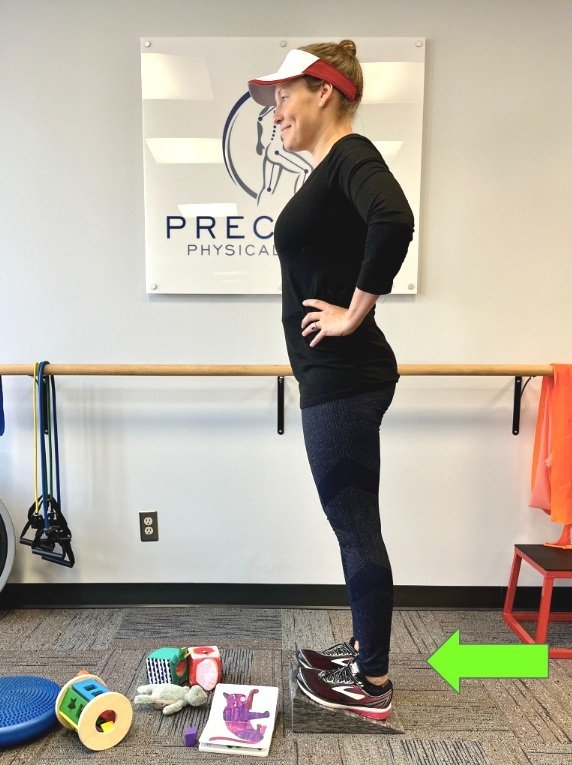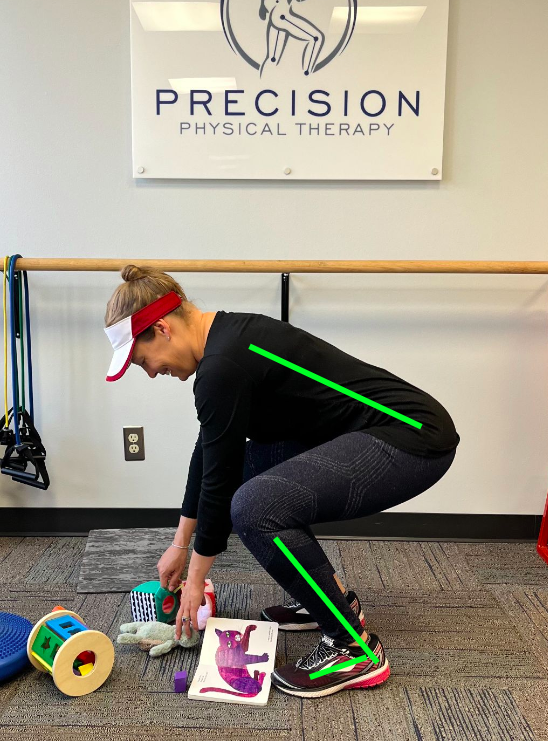One Exercise Most Parents & Grandparents Need
After a long, hectic day filled with work, daycare pick-up, and preparing dinner, we often face a crucial decision. Should we dedicate our limited free time to tidying up the house, repeatedly urging our toddler to pick up the toys that the baby gleefully scattered across the floor while we were cooking? Or do we seize the moment and head outside to race up and down the driveway, swing in the hammock, and unleash our inner artist with sidewalk chalk? Well, maybe it's not the most conventional parenting move, but we opt for the latter.
As a result, my husband and I often find ourselves engaged in the post-bedtime routine of picking up stacking blocks, little wooden veggies, and doll clothes. This task follows the completion of our kitchen cleaning and dishwashing duties, not to mention the bath time, story reading, and tucking-in process. Tidying up at the end of the day, once the kids are fast asleep, requires just five more squats to add to the minimum of 25 squats we've already performed throughout the evening routine– helping the toddler in the bath, getting the baby in and out of the high chair, rescuing them from the floor, and back to the floor again, and again. Mastering the art of a flawless squat while lifting objects from the floor is a vital skill for pain-free parenting during the early years. It's also a movement that many grandparents lack, having not regularly lifted objects from the floor since their own children were young or since the last time they strained their back due to heavy lifting.
So, why is lifting from the floor such a challenge? It's easy to think about the leg strength required for lifting something heavy, but what about lighter objects? Many of us have heard the advice to "lift with your legs." However, as we age in our modern culture, we gradually stop squatting down to the ground. This change in behavior leads to a reduction in ankle dorsiflexion range of motion, which refers to the bend in the ankle. Over time, we lose the ability to lift objects from the ground while maintaining a stable position and without rounding our spines. Once we start rounding our spines, it becomes even more challenging to utilize our powerful gluteal muscles to lift the load, leading to an increased reliance on our back muscles. It's often not until we become grandparents that we realize we've stopped squatting altogether, having spent so many years bending at the hip and back to pick up socks from the floor.
While achieving a perfect squat involves various elements such as abdominal control, gluteal recruitment, quadriceps strength, and hip mobility, the primary movement deficit that impacts many other areas of pain is the loss of ankle flexibility. Although not everyone can tolerate calf stretching to regain this mobility (we're thinking about you, plantar fasciitis, Achilles tendonitis, ankle osteoarthritis, and radicular nerve tension), most individuals with healthy feet and nerves can engage in some calf stretching exercises.
What is considered normal? In school, we're taught that 20 degrees of ankle range is sufficient for most activities like jogging on flat surfaces, walking, climbing stairs, or getting up from a chair. However, to achieve a deeper squat position with the knees bent, we often need a bit more than that. A wedge with an 18-20 degree incline works wonders by helping us reach about 20 degrees of ankle dorsiflexion with the knees straight and a little more with the knees bent, without overdoing it and causing another problem. (In the photographs above see the wedge calf stretch on the left and the ‘better’ while still not perfect squat on the right, notice the position of the spine and the ankles.)
Speaking from personal experience, I make it a point to stand on the wedge for at least 60 seconds before my kids wake up in the morning, ensuring my squats are flawless throughout the day. I encourage you to try this for yourself and see if you are able to complete squats more consistently after some stretching too!
To your joint health,
Ann & Jesse
This blog is not intended as medical or professional advice. The information provided is for educational purposes only and is not intended to serve as medical or physical therapy advice to any individual. Any exercise has potential to cause injury or pain if it is incorrectly done or is not the right exercise for an individual’s medical or physical problems. You should consult with a physical therapist or medical provider for individualized advice.




